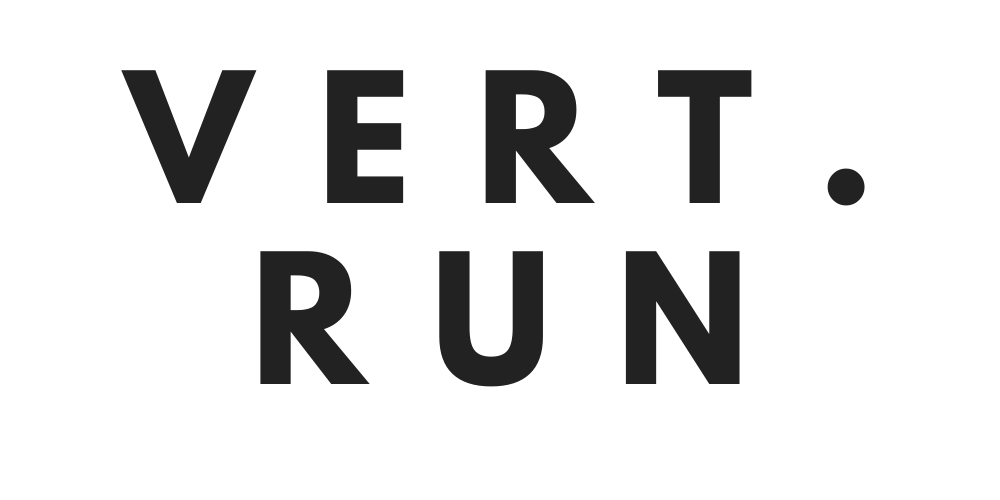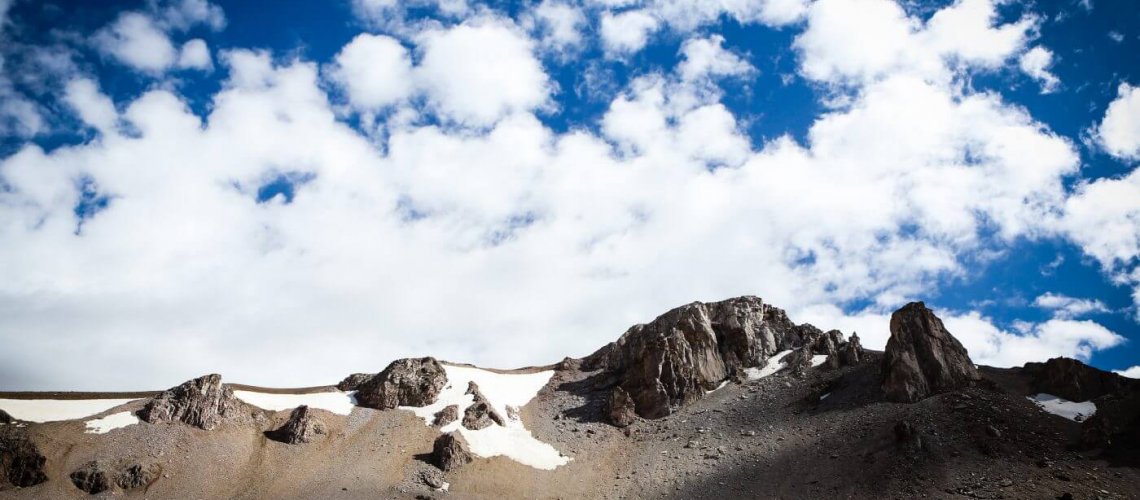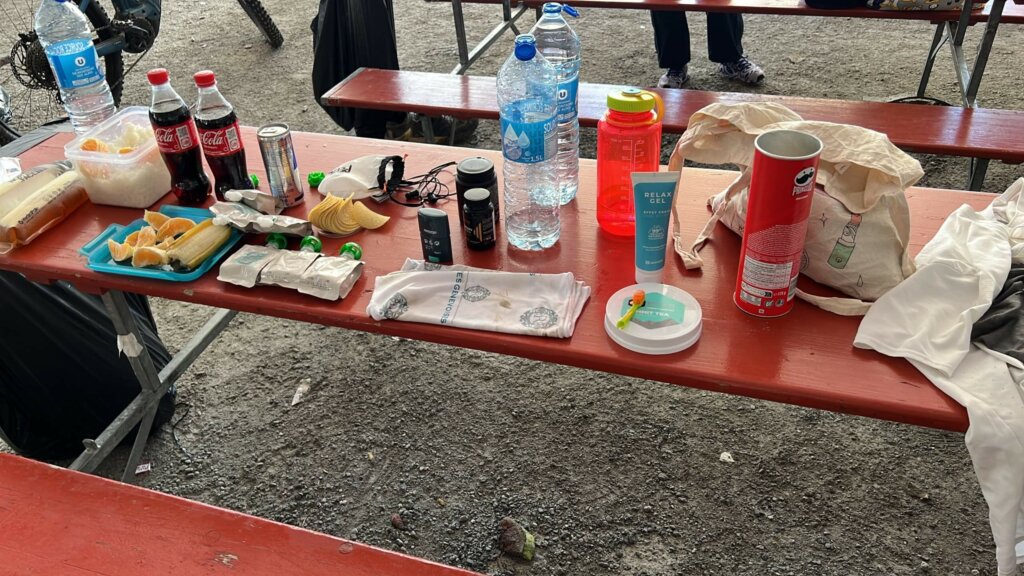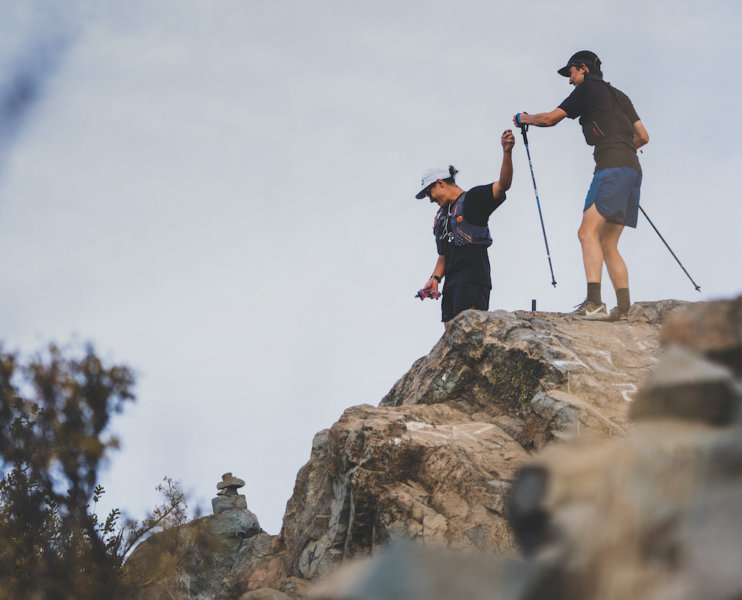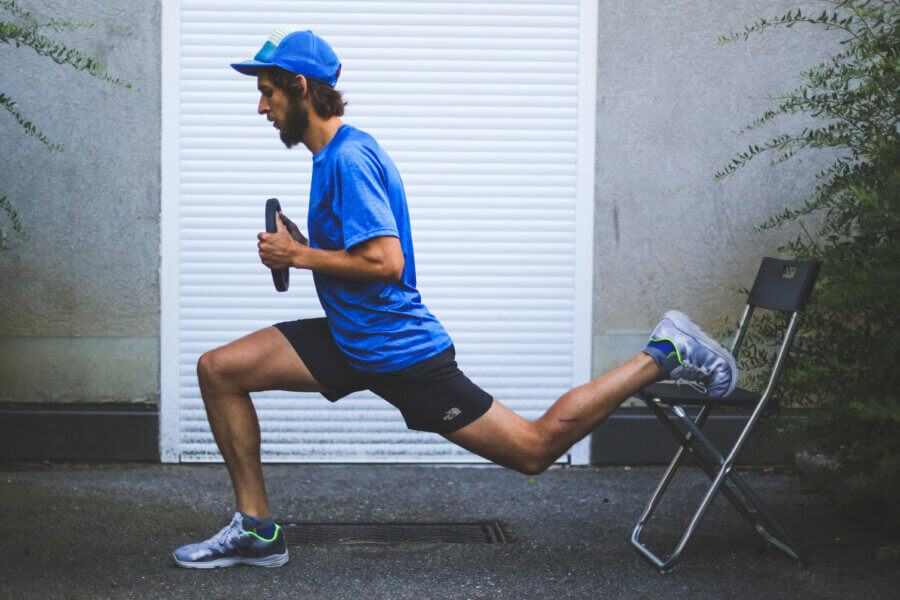We know that it can feel scary to take time off from training for trail running–especially when you’ve worked so hard to build your fitness during your on-season. But by following some simple, efficient rules (like having a few key runs per week like in our Vert.run off-season training plan) and staying active by doing other activities (like in this Vert.run training program for winter cross training for trail runners) you’ll be able to rest…while also maintaining the fitness you’ve worked so hard to build.
Then, after the off-season, we often wonder:
- How do I get back at it?
- And how should I structure my race schedule/goals for the year?
To give you a more in-depth look at how to stay sharp in the off-season and to hit the ground running when you’re ready to train hard again, here’s an interview with our Vert.run coaches Franceso Puppi, Max Keith and Moisés Jiménez.
We hope you enjoy!
Note: The format of this article is a transcript of a podcast episode from our popular trail running podcast “Running Long,” which is hosted by Vert.run coach Francesco Puppi. If you want to hear their whole conversation, listen to the episode here during your next commute or long run!
01:03
Francesco: Hello and welcome to Running Long, the podcast by Vert.run. Today we are going to chat with Vert.run coaches, Moises and Max about tips for getting back on track with your training routine after the holiday season.
03:11
Moises & Max: This time of year, it is common for many people to take some time off, but it’s been interesting the past few years to see how many people are pushing their limits and taking on cool physical challenges during the holiday time.
For me, I like to push the structured training program to the side for a little bit, but that doesn’t mean that I stop staying active, I just take the opportunity to do other things and activities that motivate me.
05:47
Francesco: I think that taking a break from trail running is a great chance to enjoy some different activities–for example, skimo sessions, cross country skiing, or hiking. It is good to remember we are not machines. I think one thing a lot of people are concerned about over the holidays/time off is indulging too much and gaining weight which is oftentimes not a problem at all. In fact, it can be really good for our bodies to break the normal nutrition routine and stimulate our metabolism and a week or two over the holidays isn’t going to set you back in your training as a whole.
So, here are a few tips to get back into the rhythm of training after the holiday break.
08:25
Francesco: The first thing is something I’ve learned from my nutritionist. It’s good to simulate what scientists call excess post-exercise oxygen consumption, or “afterburn”. After certain types of sessions, the body keeps burning energy even after the end of the exercise like when we’re resting or when we’re sitting at the desk, for example. In order to stimulate after burn, it’s good to insert some quality into our training sessions. For example, a simple Fartlek–a series of 10x one minute “on” two minutes “off” or another option might be 30 seconds of sprinting every five minutes during a 60 minute run. All of these “quality” sessions are a great way to stimulate your metabolism and should only be done once or twice a week.
10:24
This time of year, it’s good to go ahead with easy runs, long runs at an easy pace, and cross training sessions–this helps us maintain a good volume, burn fat, and build the base of our training.
Another aspect that is important is getting back to our strength and conditioning routines.
Strength training helps keep our muscles strong and engaged, makes us more efficient runners, and helps build better running form.
Are there other tips you two want to share?
Max: After your running season, Francesco, how do you decide how much time to take off and when to get back into running and training?
12:18
Francesco: After the end of my running season, I usually take 15-20 days without running at all. I found that it is really important for me to stop running and let my body feel fully restored before getting back into training. After this break, I typically take 2-3 weeks to run very easy, then slowly build up from there and begin more of a structured “base building” phase for 4-6 weeks after that. This is when I start to add a little more volume and intensity like those quality sessions we mentioned before.
15:37
Max: It’s so important to note that every athlete is different and we all require different periods of rest and different styles of training in order to stay healthy and uninjured.
It’s super important to get to know yourself a little bit and, and don’t force the training too much. If you want to go out and do some skiing, hit the gym, or use the treadmill, it’s all good and best to focus on what feels best for you.
18:12
Moises: Exactly–I personally finished my season on October 30 so, the whole month of November, I was in full recovery mode. I did some riding inside and outside and some skiing.
December was pretty similar with honestly zero pressure, which was great for resetting both physically and mentally. After about 6-7 weeks on my own schedule I started feeling the desire to get back into a bit of structured training.
If you don’t feel the drive to get back into structured training, don’t force yourself to do it because you may arrive to the first half of the year already burned out.
For me personally, this time of year I am traveling quite a bit and where I am is flat and cold, so I’ve been focusing on going to the gym and doing a bit of strength training and riding the stationary bike. Right now, I am doing a higher intensity run every four days or so, but keep flexibility in the schedule if I don’t feel up to it or want to shift it to another day. During this time of year, I try to remember not to over-do it because I will need the mental energy and strength when the summer rolls around and I am racing more. It’s important to look at the bigger picture of your training and racing schedule over the whole year.
21:32
Francesco: A lot of what we’ve mentioned is incorporated in the philosophy behind the training plan that we have up on Vert called “Get Ready for Your Trail Season”.
It’s a four week program that is focused on building that base and getting prepped for a more intense and structured training program later on in your season.
25:59
Moises: So, Fran, and Max, if you have to put a number on how long of a break you like to take after your season, what would you say? How many days or weeks?
26:31
Francesco: For me, it’s about 20 days or three weeks. I find that that is enough time for me to reset and restart with new energy.
26:48
Max: I guess for me, it depends on the type of racing season I have lined up. For example, if I am doing just one or two really long efforts, I might take more significant breaks and time off right after those races versus at the end of my entire racing season. This way, I can usually maintain a more steady volume throughout the year, versus taking multiple weeks off around the holidays.
33:34
Moises: How do you plan your season? Where do you start? Do you plan backwards?
33:50
Francesco: When I plan my racing season, I typically have 3-4 big goals every year–one example would be a marathon or something on the roads in the spring and then two bigger trail events in the summer and fall. Throughout the year I will have lots of smaller, shorter races. I think I raced about 15 times last year. Those shorter efforts won’t always be maximum effort, but they are great for training, preparing, and helping me stay focused throughout the year. And of course, they helped me have fun and stay connected in the community. I love racing, I love the ambience, and I love the competition. I usually plan my schedule to be able to achieve all of my planned events and goals–it’s so important, and something I am working on, to remember that it’s good to be in tune with how you are feeling and maybe not push to do too many races if your mind and body aren’t feeling up to it.
41:42
Moises: It’s nice to hear your perspective and hear from somebody who is at such a high level, who also struggles with listening to your body sometimes. The difference here is, if you toe the start line of a long race, like 50k, 80k, or 100k and you’re not really 100% into it, it’s going to be very hard to feel good during the race or finish the race.
44:52
Francesco: I think it’s always a good idea to remember that less is more in terms of races sometimes and you might get more out of a race if you are able to focus on just that one effort and plan your season around it and perform well versus trying to squeeze in a bunch of different races. There is always time to do more races, and maybe the next season you can add a couple of extra races and keep growing from there.
46:25
Francesco: It’s so important to find an approach that is sustainable for you as an athlete in the long term. Even two or three seasons of really intense racing can be extremely demanding on your body and lead to burnout.
47:04
Moises: I agree. I’ve actually had a few of my clients that I coach through Vert.run who have wanted to do a number of races back to back. For example, a 50k then an 80k race with a friend a week or two before their main goal race which was a 100k. So they were looking at 3 races in 4 weeks with their main goal at the very end. In these kinds of situations, I think it’s good to remember that you don’t have to do all the races, even though more and more athletes out there are packing their race schedules very full or you might feel like you have to be out racing with a friend who is new to ultra running.
There are many ways you can support friends and family who are getting into trail running, by training with them, crewing for them, or pacing for a smaller portion of their race.
1:01:52
Francesco: Did you both have any other tips for people who are getting started with running or newer to trail running and planning their trail running seasons?
My main tip would be that the training should be individual–each training plan and your preparation should be tailored to each athlete’s necessities and peculiarities and history.
1:02:49
Max: The best race for your first trail race is one that excites you! I think it’s really important to remember if you are new to running trails, take it easy and take your time getting into it.
You don’t have to sign up for a 50k right away. Another important tip is to make sure to find goals that excite you whether it’s the scenery of the race, the location, the history of the race, or racing with your friends–if you choose something that excites you, the training leading up to the race will be that much easier.
1:05:45
Francesco: Another cool thing to look forward to or think about is if you sign up for some of the larger races, you get to line up with elite runners from all over the world. That is pretty amazing and something that really doesn’t happen in very many sports which can be super motivating for a lot of people.
Moises: If you have a hard time deciding which races you what to do, I recommend watching videos of the area and of the race to get a feel for the terrain and the event itself and figure out if the race motivates you or not.
1:07:46
Francesco: Thank you for listening and don’t be afraid to reach out to us on social media or through Trailhead on the Vert.run app if you have questions about training or races. It’s always great to ask the community what they recommend for races or training.
